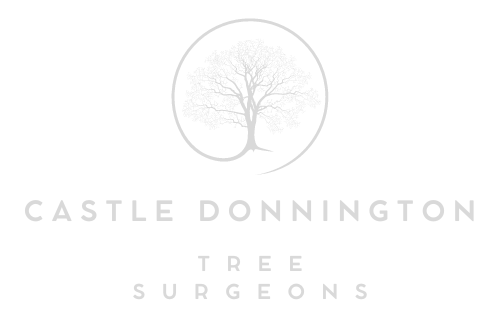The Science Behind Proper Tree Trimming
Introduction: Tree trimming is an essential aspect of tree care that involves much more than simply cutting branches haphazardly. It’s a science that requires a deep understanding of tree biology, growth patterns, and the impact of various trimming techniques. In this blog post, we’ll delve into the science behind proper tree trimming and how it contributes to the health and longevity of your trees.
1. Understanding Tree Biology:
Trees are living organisms with complex biological systems. Proper tree trimming begins with a thorough understanding of tree biology. Key aspects include:
- Vascular System: Trees have a network of vessels that transport water, nutrients, and sugars throughout the tree. Trimming can affect this system, so cuts must be made carefully to avoid disrupting these essential pathways.
- Branch Collar: The branch collar is a protective area where branches meet the trunk. Proper cuts should be made outside the branch collar to promote quick healing and minimise disease risk.
2. The Art of Pruning:
Pruning is the selective removal of branches to enhance a tree’s health, structure, and aesthetics. The science behind pruning involves:
- Selective Pruning: Removing specific diseased, damaged, or overcrowded branches helps the tree allocate resources more efficiently and promotes overall health.
- Thinning: Proper thinning reduces the density of the canopy, allowing better airflow and sunlight penetration. This prevents the growth of pathogens and enhances the tree’s ability to photosynthesise.
3. Timing Matters:
The timing of tree trimming is critical and varies depending on the species and the purpose of trimming:
- Dormant Season: Most deciduous trees benefit from trimming during their dormant season, typically in late winter or early spring. This minimises stress on the tree and allows for rapid healing.
- Pruning After Flowering: Some trees, like spring-flowering varieties, should be pruned immediately after they bloom to avoid removing next year’s flower buds.
4. Safety and Arboriculture:
Proper tree trimming involves safety practices and knowledge of arboriculture—the cultivation, management, and study of trees. Professionals use specialised tools and equipment for safe and efficient trimming while preventing injury to themselves or the tree.
5. Promoting Healthy Growth:
Trimming techniques are designed to encourage healthy tree growth, including:
- Crown Reduction: Reducing the height or spread of a tree can help manage its size and promote a stronger structure.
- Deadwooding: Removing dead or dying branches prevents the spread of decay and disease, enhancing the tree’s overall health.
6. Pruning for Pest and Disease Control:
Proper tree trimming can help identify and address pest infestations and diseases early. Removing affected branches can limit the spread of the problem and protect the tree.
Conclusion: Proper tree trimming is not a simple task but a science that considers each tree species’ biology, growth patterns, and needs. It promotes tree health, structural integrity, and overall well-being when done correctly. To ensure the best results and avoid unintended harm to your trees, it’s advisable to consult with certified arborists or professional tree surgeons who have the knowledge and expertise to apply the science of tree trimming effectively. By prioritising the science behind proper tree trimming, you can enjoy the benefits of healthy and beautiful trees in your landscape for years to come.
Call us on: 01332 215 696
Click here to find out more about Castle Donnington Tree Surgeons
Click here to complete our contact form and see how we can help with your tree’s needs.

